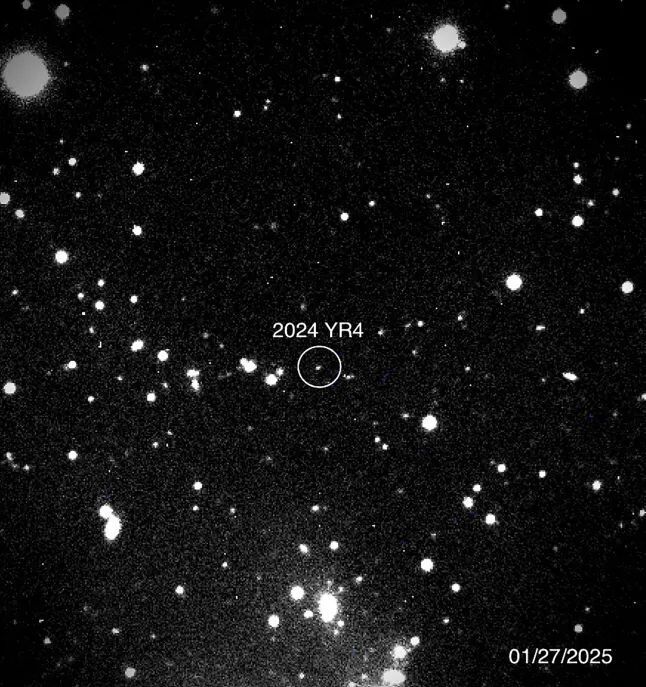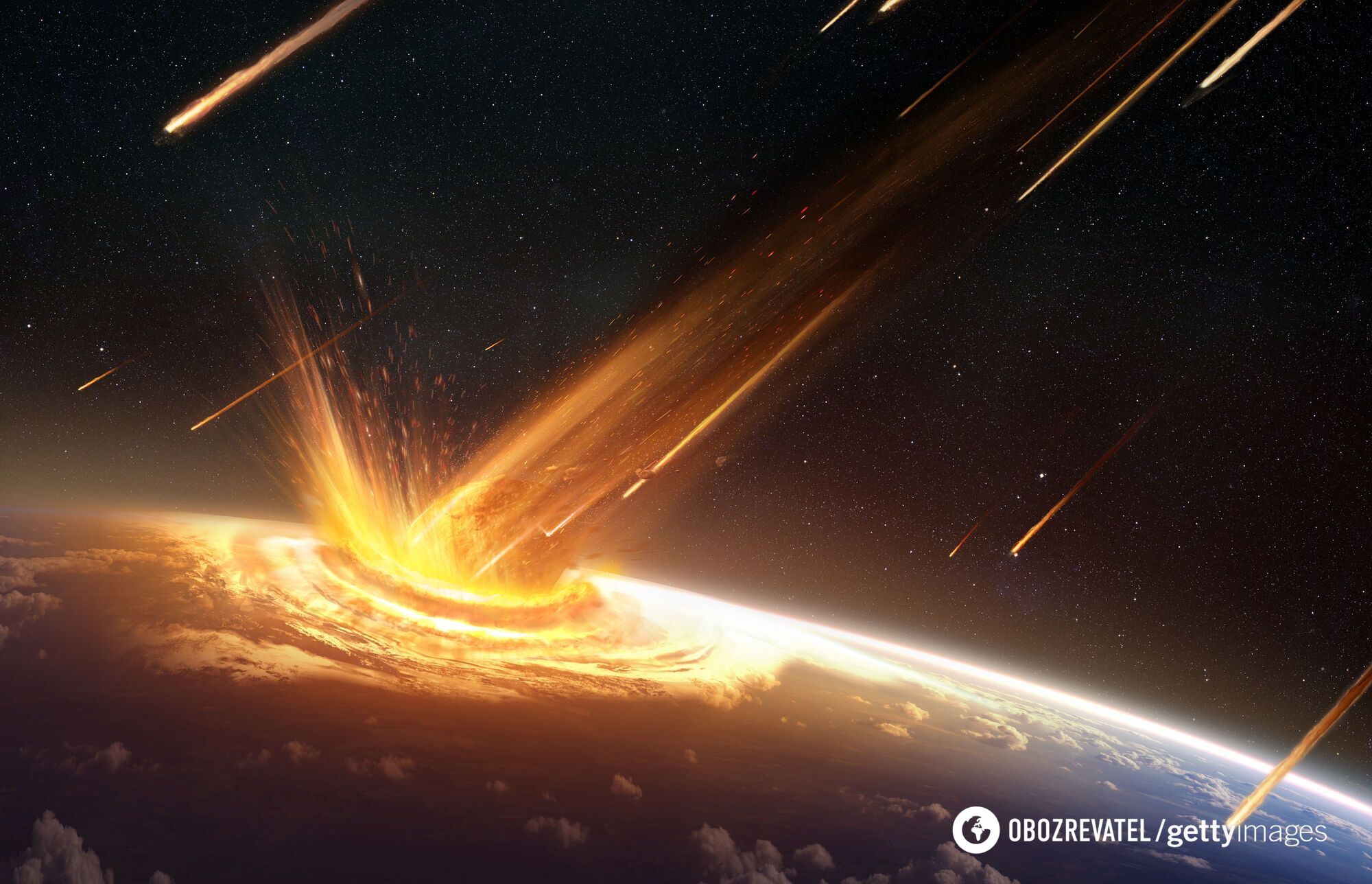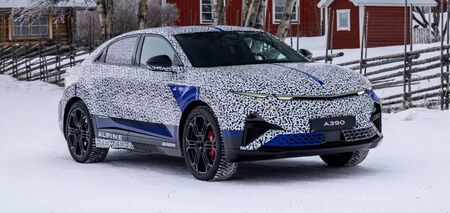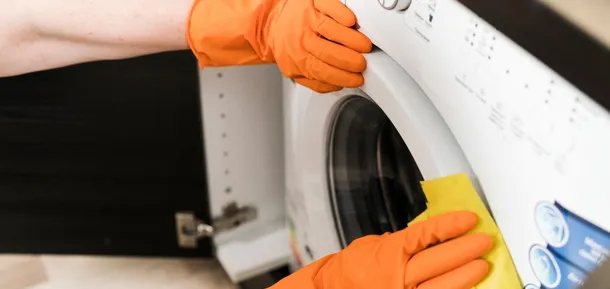News
NASA issues an urgent decision on 'city-killer' asteroid approaching Earth
NASA astronomers are closely monitoring the asteroid 2024 YR4, which is called the "city killer." The probability of its collision with our planet in 2032 continues to grow.
The asteroid, 60 meters wide and about the same size as the Statue of Liberty or Big Ben, now has a 2.3% chance of colliding with the Earth. The space agency has enlisted the help of the James Webb Telescope to study YR4 and estimate the damage it could cause during an impact, Metro writes.
Based on current calculations, the impact of YR4 could be roughly equivalent to that of the Tunguska asteroid, which flattened 2,150 square kilometers of Siberian forest in 1908. However, the first estimates of the asteroid's size may be wrong.
Currently, scientists predict the size of asteroids by using powerful telescopes to measure the light reflected from their surface. In general, the larger the asteroid, the brighter it will appear, but this is not always the case. The exact size of celestial bodies can be unclear because all ground-based telescopes have to contend with the Earth's atmosphere, which bends and distorts the light that passes through it.
To overcome this, astronomers are preparing to use the James Webb Telescope, the largest and most powerful telescope ever built, which was launched into space in 2021 and is currently 1.5 million kilometers from Earth. Using a set of infrared sensors, it will also observe the heat radiated by the asteroid, giving a much more accurate estimate of its size.
The information obtained will allow Earth's planetary defense organizations to determine whether to take measures to deflect the asteroid.
"Astronomers all over the world use powerful telescopes to measure the asteroid's orbit as accurately as possible," explains the ESA spokesperson, adding that this knowledge will only tell us that an asteroid is likely to hit the Earth, not how severe the impact might be.
"We must improve our size estimate for 2024 YR4 because the danger posed by a 40-meter asteroid is very different from that of a 90-meter asteroid," the expert comments.
James Webb's first round of observations will begin in March when the asteroid will be at its brightest. He will then observe it again as the object moves away from the sun, which will be the last chance to see it until it reappears sometime in 2028.
These data will help ESA, NASA, and other agencies make a more accurate risk assessment and determine the appropriate response if needed.
Only verified information is available on our Telegram channel OBOZ.UA and Viber. Do not fall for fakes!





























